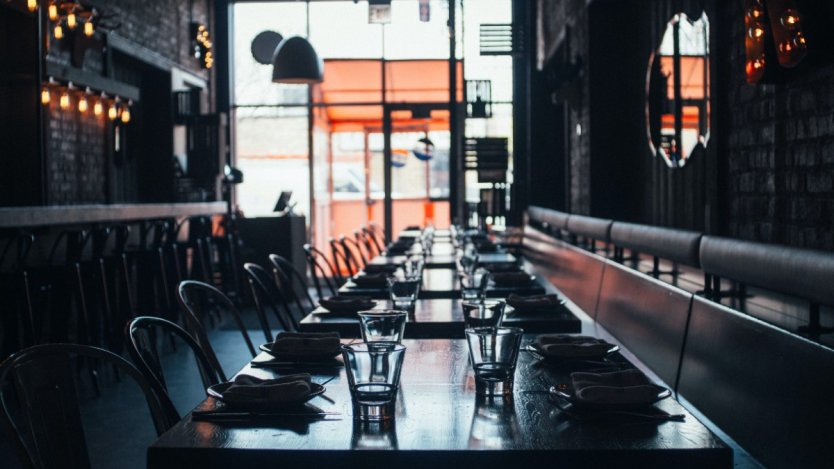Following consecutive record-breaking single-day COVID-19 cases in Ontario, the provincial government announced today that it will begin imposing stricter safety measures in Toronto, Peel Region, and Ottawa for a period of at least 28 days.
The updated regulations, which go into effect Saturday, include closing gyms, movie theatres, and casinos, along with the prohibition of indoor dining at restaurants and bars.
Effective Oct 10, Ontario is further tightening targeted measures in @cityoftoronto, @regionofpeel & @ottawacity #PublicHealth unit regions to a modified Stage 2 due to higher than average rates of #COVID19 transmission. Learn more: https://t.co/qwu84k6OYu pic.twitter.com/rkuW93WhDj
— ONTHealth (@ONThealth) October 9, 2020
Earlier this week, Premier Ford stated that he needed to see “hard evidence” before agreeing to suspend indoor dining in Ontario. While the recent spike appears to be sufficient proof for Ford, most restaurateurs feel they’ve been unfairly targeted.
“It’s frustrating because it feels like restaurants are always the ones that are targeted, yet when you think of the summertime when dining rooms were alive, some areas of Ontario were reporting record sales despite being at 50 per cent, and [COVID-19] rates were at an all time low,” explains Barry Taylor, director of operations at The Ballroom and board member of the Ontario Restaurant Hotel and Motel Association. “Then the kids go back to school and numbers are at an all time high, and they want to blame restaurants for it. I feel like we’re just easy pickings for politicians.”
Taylor says that while he supports the fight to slow the spread of COVID-19, most of the recent outbreaks can be traced back to a handful of locations. His establishment along with the vast majority of Toronto restaurants have adopted strict safety standards and there have been extremely few "outbreaks" happen at restaurants or bars across the country.
Not all restaurants are alike and each establishment has a different capacity for enacting preventative measures, and widespread industry closures during a time when the pandemic’s economic impact has already taken a huge toll may not be the answer.
“It’s just difficult. None of us really know the best way to deal with it. It kind of feels like everyone is just swinging at a piñata in the dark and the piñata isn’t even in the room,” says Taylor. “If we think we can beat this by shutting everything down for three weeks, then let’s shut everything down. Looking at the data, nothing seems to suggest that restaurants are the creation of all clusters.”
But according to Taylor, access to empirical data has been sparse and communication between the government and the hospitality industry has been severely lacking. Taylor says he’d like to see a significant increase in statistical transparency going forward--an appeal that has been echoed by Restaurants Canada.
“Our sector was one of the first to suffer the impacts of this crisis and continues to be among the hardest hit,” said Restaurants Canada president and CEO, Todd Barclay. “Going back to this level of shutdown will be a huge blow. Restaurants deserve to see the data driving this decision and will need immediate emergency assistance so they can continue contributing to the social and economic fabric of the communities they serve.”
Restaurants Canada estimates that Ontario's indoor dining closure will result in sales losses of as much as 80 per cent for full-service restaurants along with tens of thousands of jobs lost across the province.
As Ontario’s hospitality industry seeks to secure a new form of government relief in the coming weeks, the importance of Canadians supporting local restaurants by purchasing gift cards, ordering takeout and delivery, and sharing on social media is now more important than ever.













